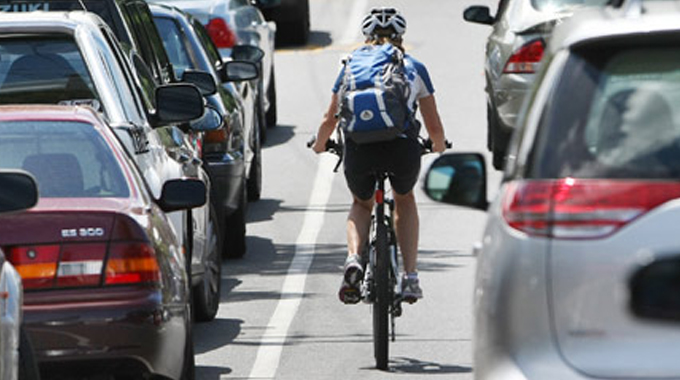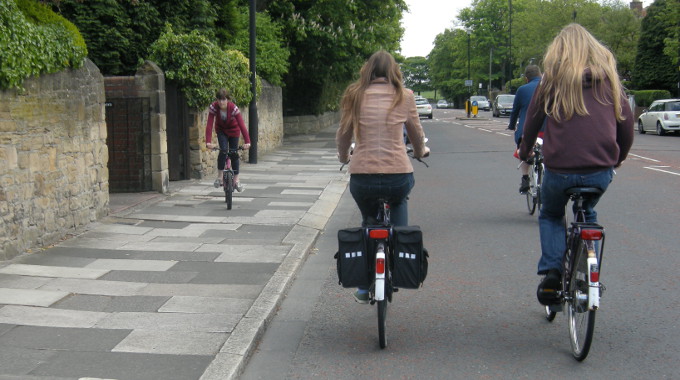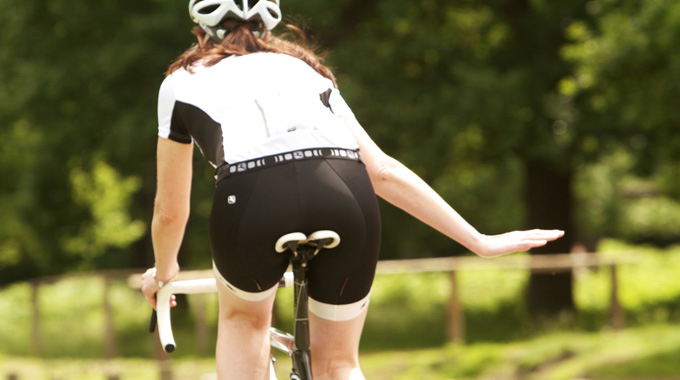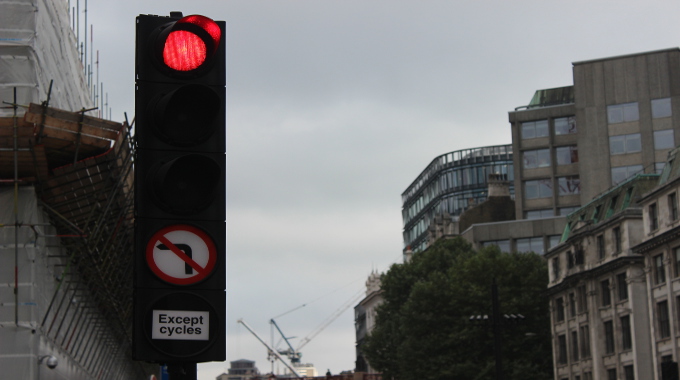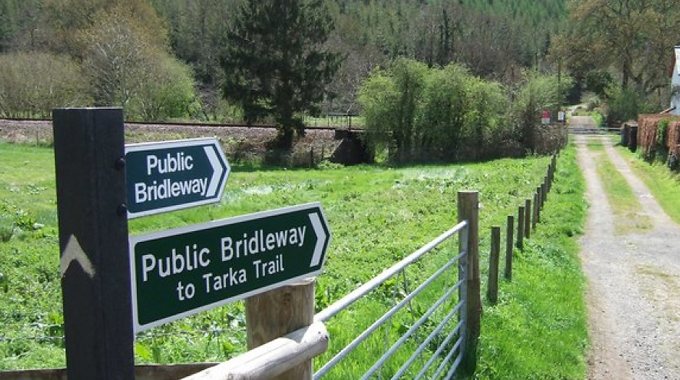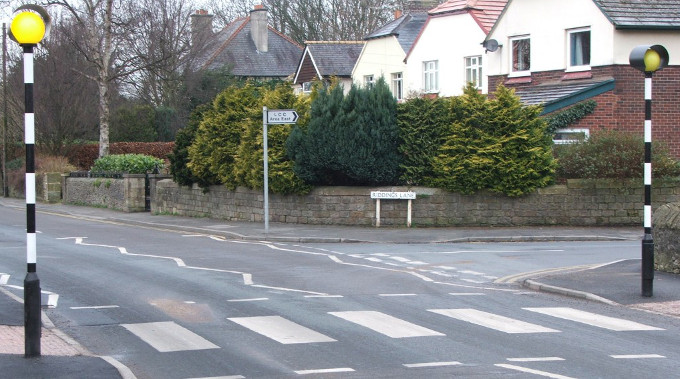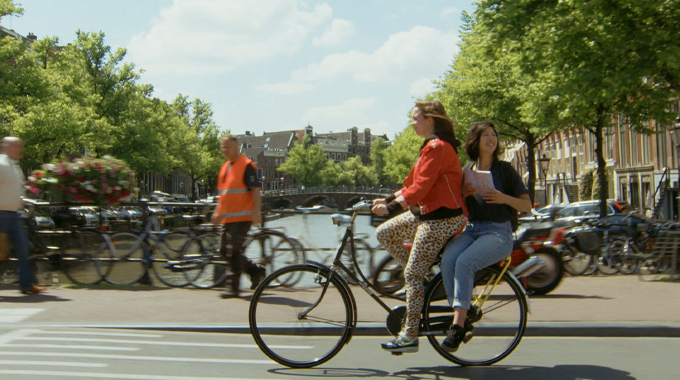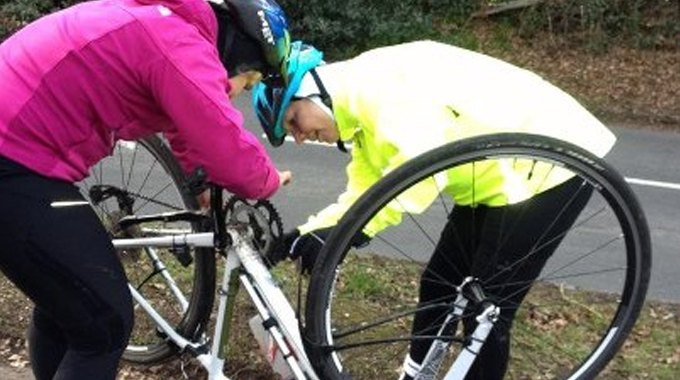If you ride regularly, or even if you don’t you may be surprised to find what is legal for you to do on your bike, what the cycling rules of the road are, and what you can’t do when cycling.
As a cyclist, it’s good to know what you can do on the road, as it will help you ride assertively and safely.
Although most of these are in the highway code, not all of these are embedded in law – if they are, you’ll see the reference to the law they are referring to in bold.
This is also a great info to share with any of your non-cycling car-driving friends, as the more motorists know these, the better!
5 Things You Can Do When Cycling
Let’s start with the things you CAN do when cycling…
Ride 2 abreast
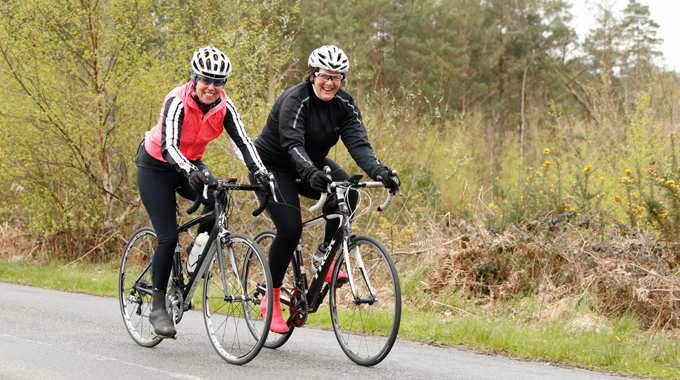
It’s perfectly legal for cyclists to ride two abreast on the road, so when you are off on a spin with your friends, feel free to cycle side by side. However, the highway code states that you can’t ride more than two abreast, and you can’t do it when on narrow roads or when cycling around bends.
It’s also courteous ride single file to allow cars to pass you if it’s safe for them to do so, and you can regroup after the car has gone past.
Highway Code, Rules for Cyclists: 66 You should never ride more than two abreast, and ride in single file on narrow or busy roads and when riding round bends.


